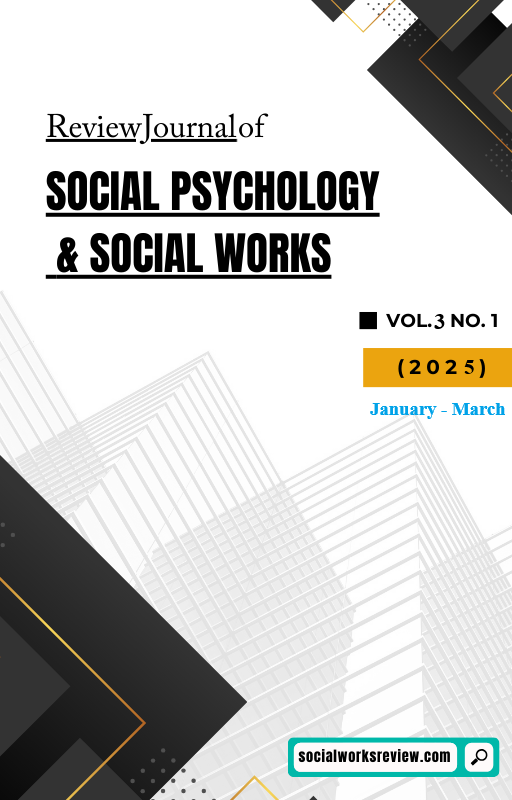Language Representation in Public Areas: A Case Study of Diamer District, Gilgit-Baltistan, within the Framework of Pakistan
Keywords:
Linguistic Landscape; Public Space, Indigenous Languages; Language PolicyAbstract
Over the past fifteen years, the study of linguistic landscapes has gained significance, particularly in multilingual regions where dominant languages often overshadow indigenous ones, making their survival challenging. This research focuses on the linguistic landscape of District Diamer in Gilgit-Baltistan, a region renowned for both its cultural diversity and breathtaking natural beauty. To analyze the presence and use of different languages in public spaces, the study examines 150 images of road signs, hotel and guesthouse boards, business names, and directional signs. Through this exploration, the study sheds light on how languages coexist, interact, and compete in the daily lives of the people in this linguistically rich region. In addition to collecting photographic data, informal interviews were conducted with local shop owners and tourists to learn about their perspectives on the linguistic landscape of Gilgit-Baltistan and its relationship to the language ecology of the area. The linguistic landscape of District Diamer Gilgit-Baltistan does not show the same richness and diversity typical of that region's linguistic ecology, according to an examination of data based on images. Chinese coexists alongside English and Urdu as the two most common languages in GB, although Chillas and Diamer also speak these two languages in public. None of the texts that are displayed in the region's public areas employ any indigenous language, despite the study's findings revealing various patterns of language use that make up the linguistic landscape of GB. The study’s findings highlight a concerning absence of regional languages in Great Britain's linguistic landscape, underscoring the need to promote indigenous languages in public spaces. This research aims to raise awareness among local communities, encouraging them to play an active role in shaping their linguistic environment. Additionally, it seeks to draw the attention of government authorities to the urgency of preserving and promoting indigenous languages by ensuring their visibility in public domains. By fostering a more inclusive linguistic landscape, this initiative can contribute to the revitalization and sustainability of regional languages.





